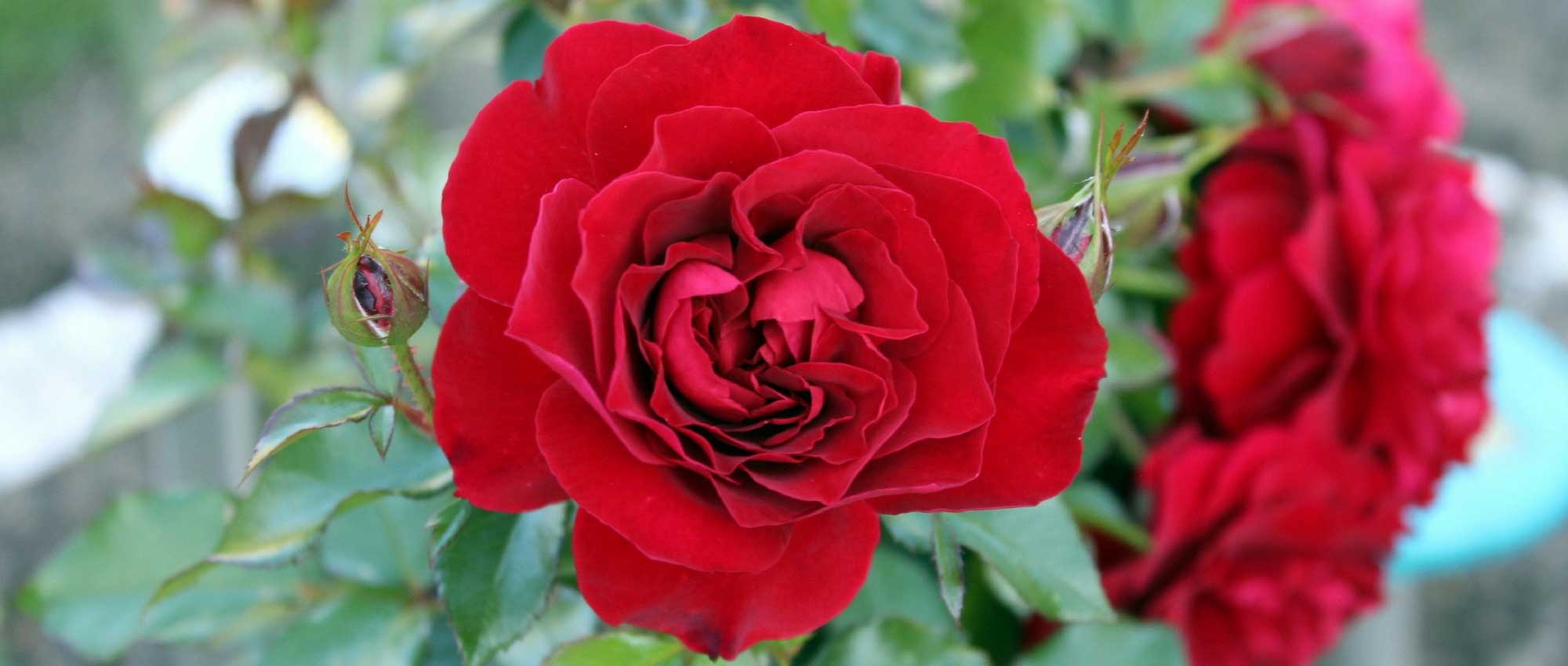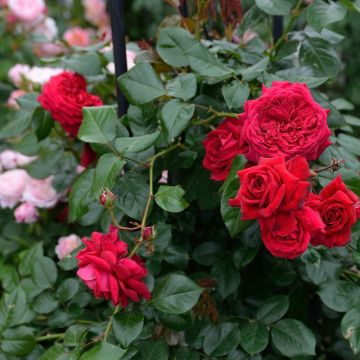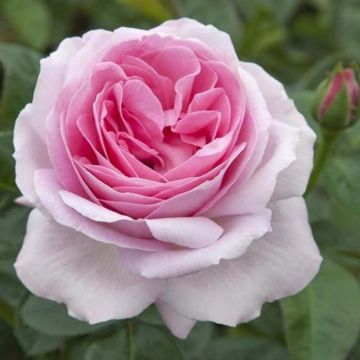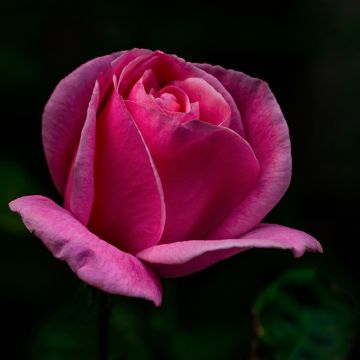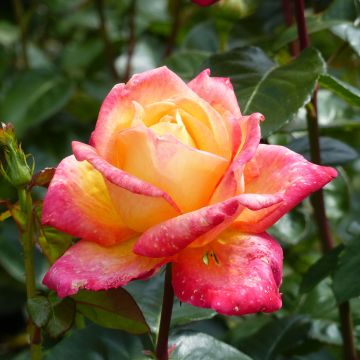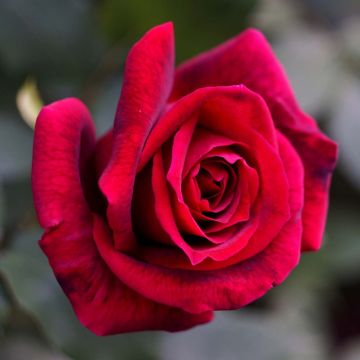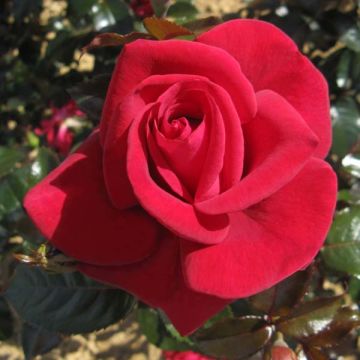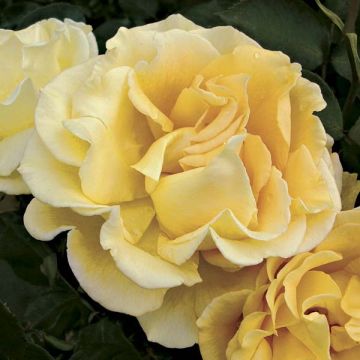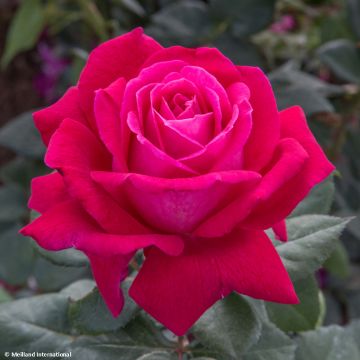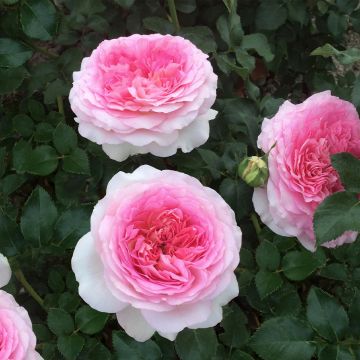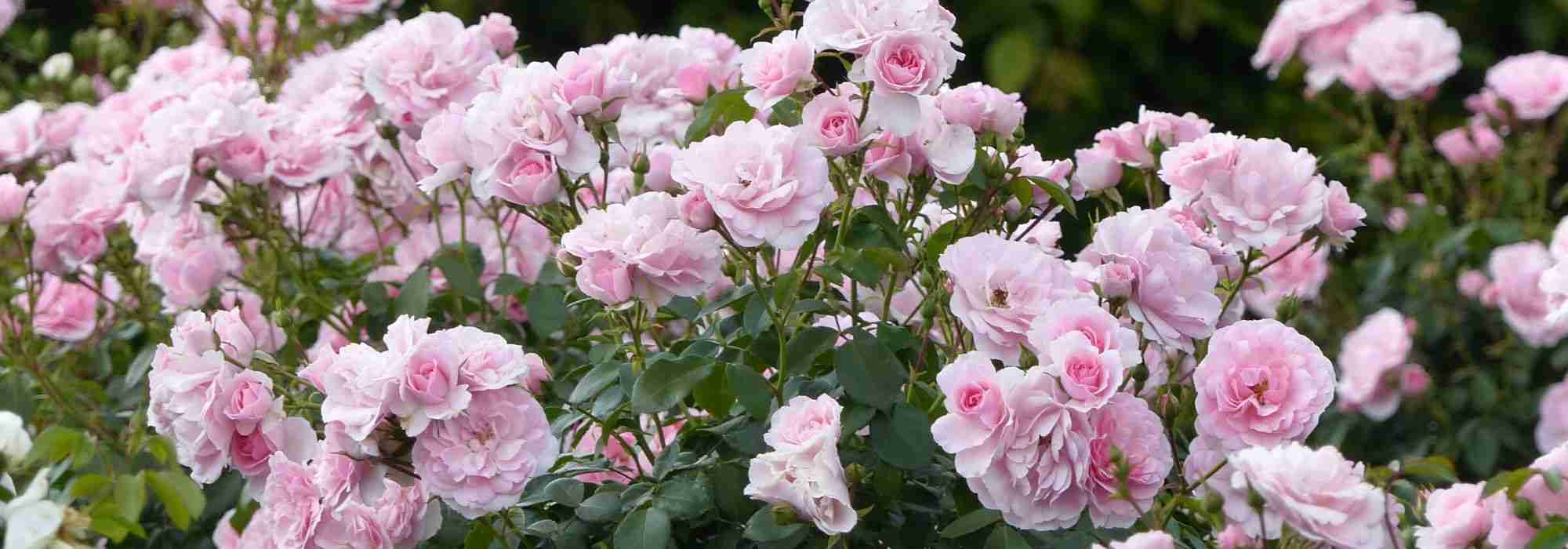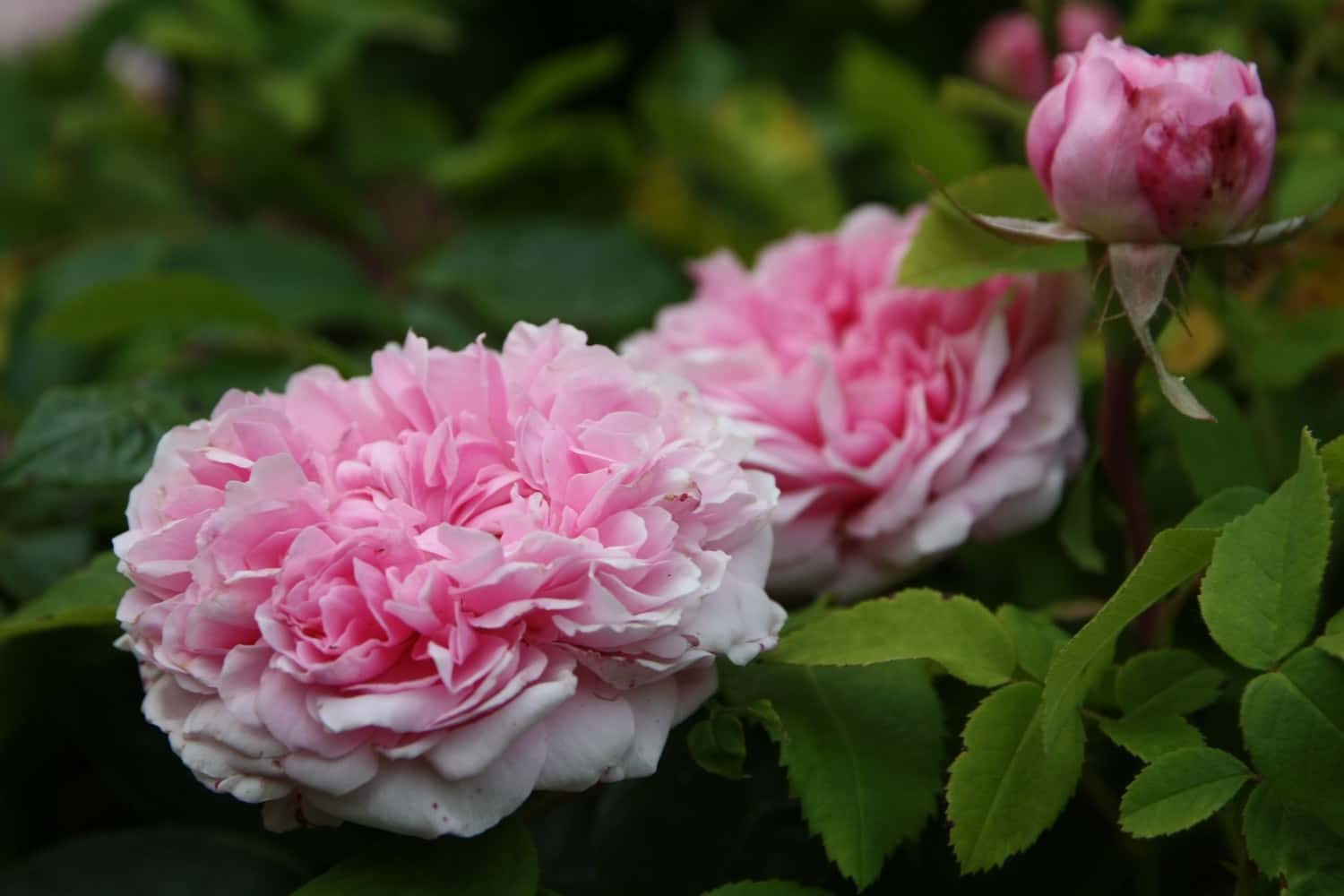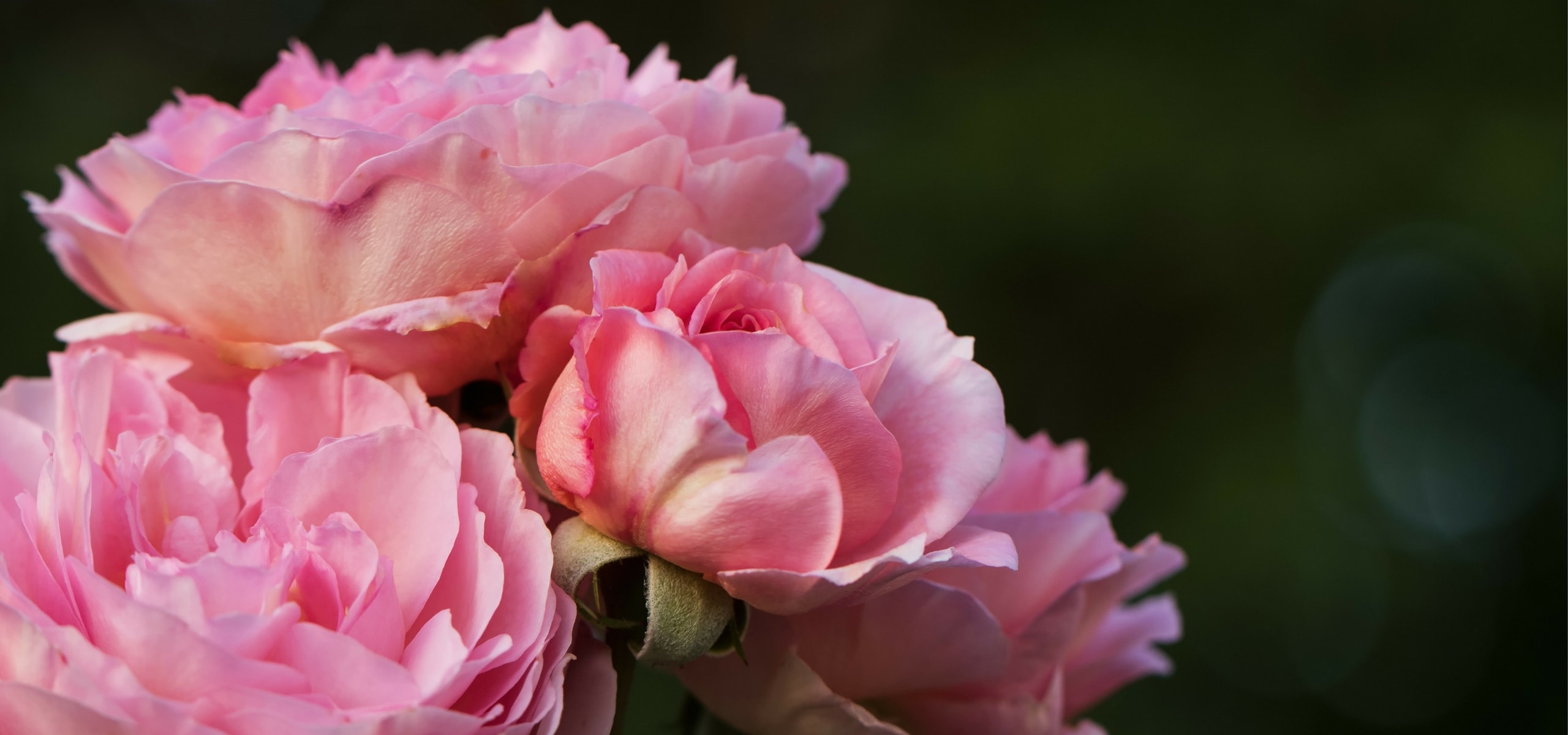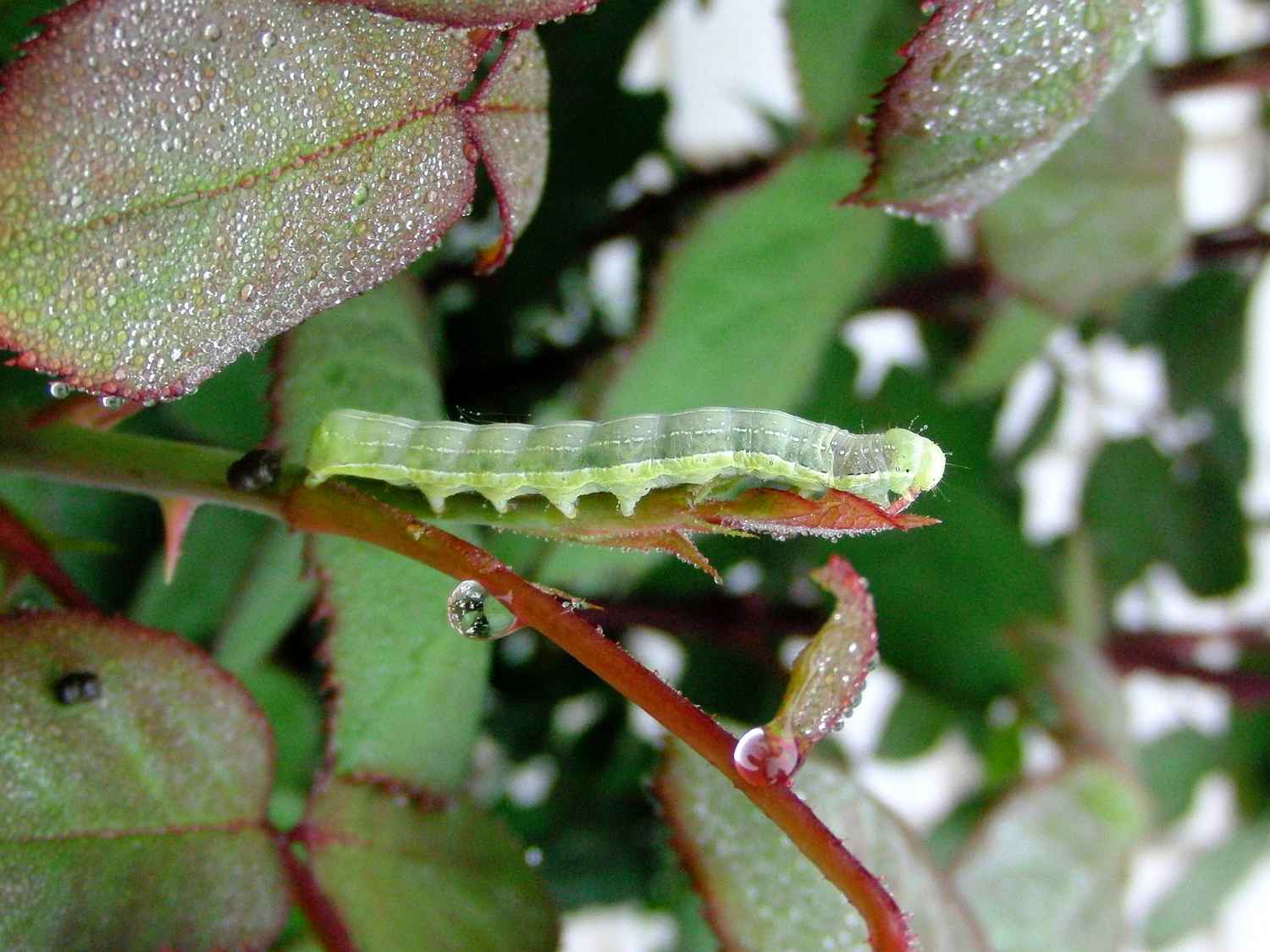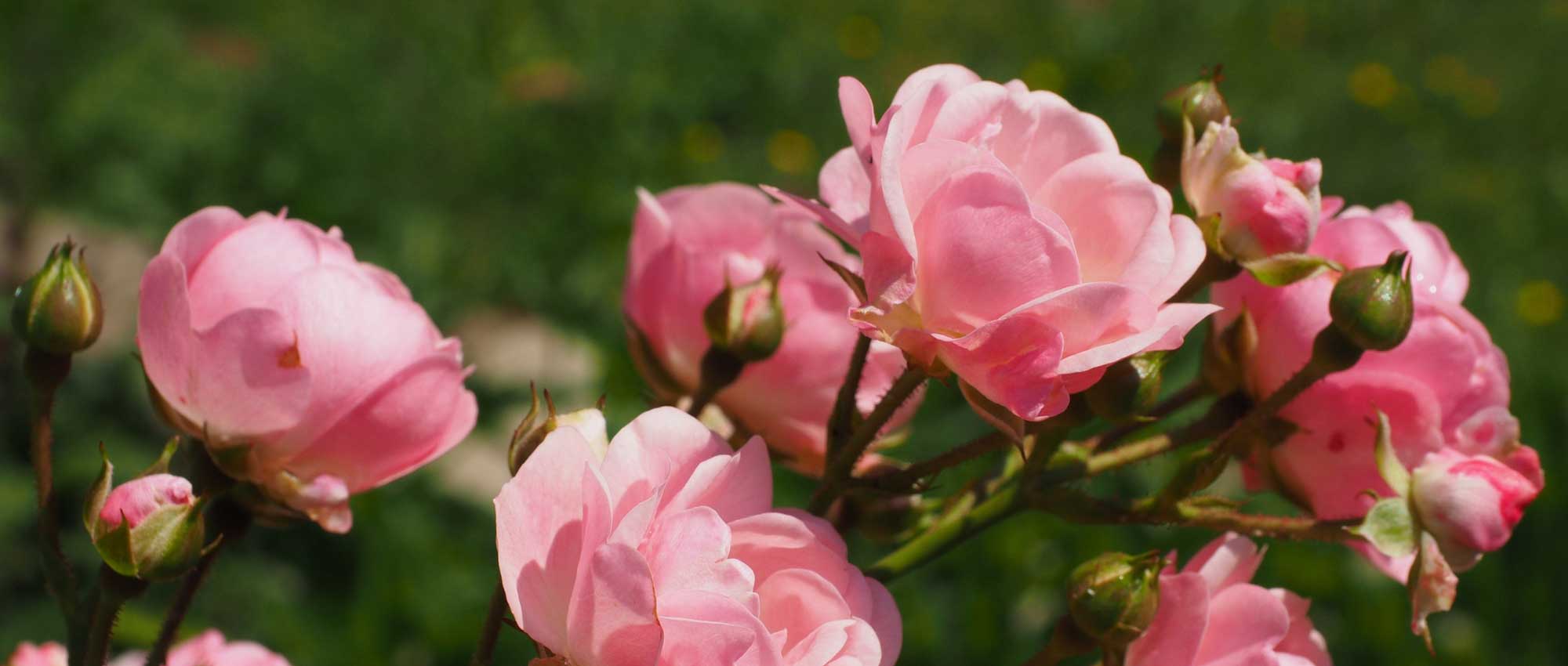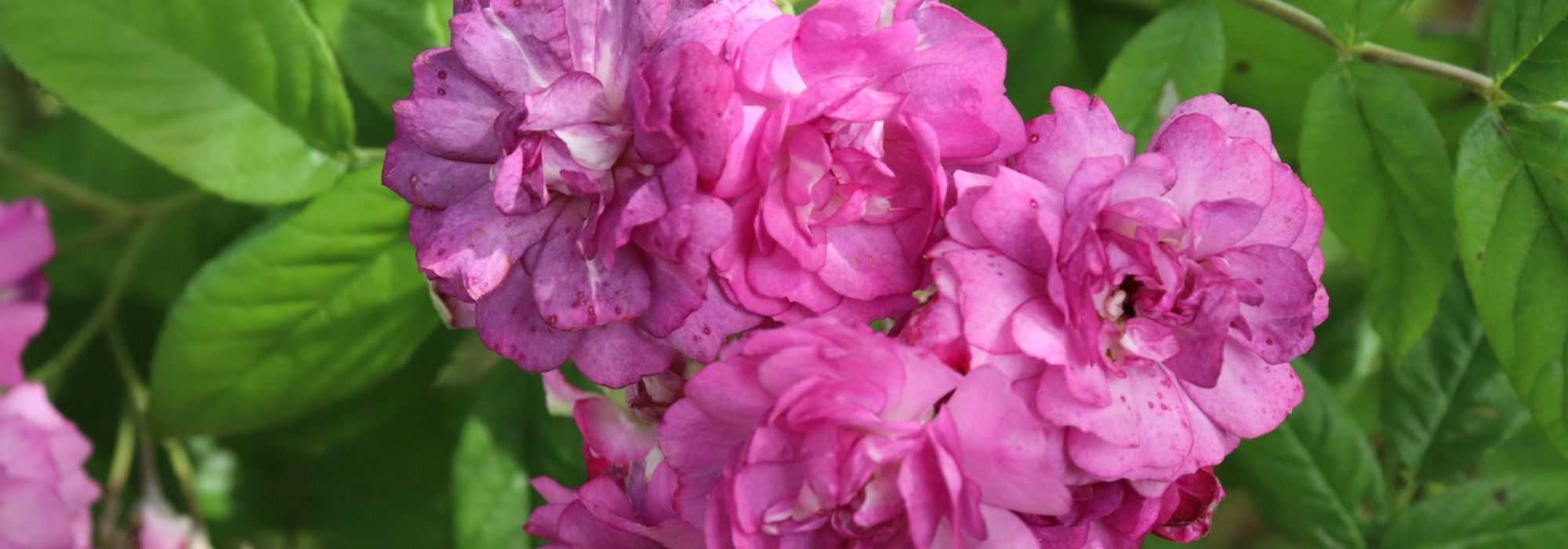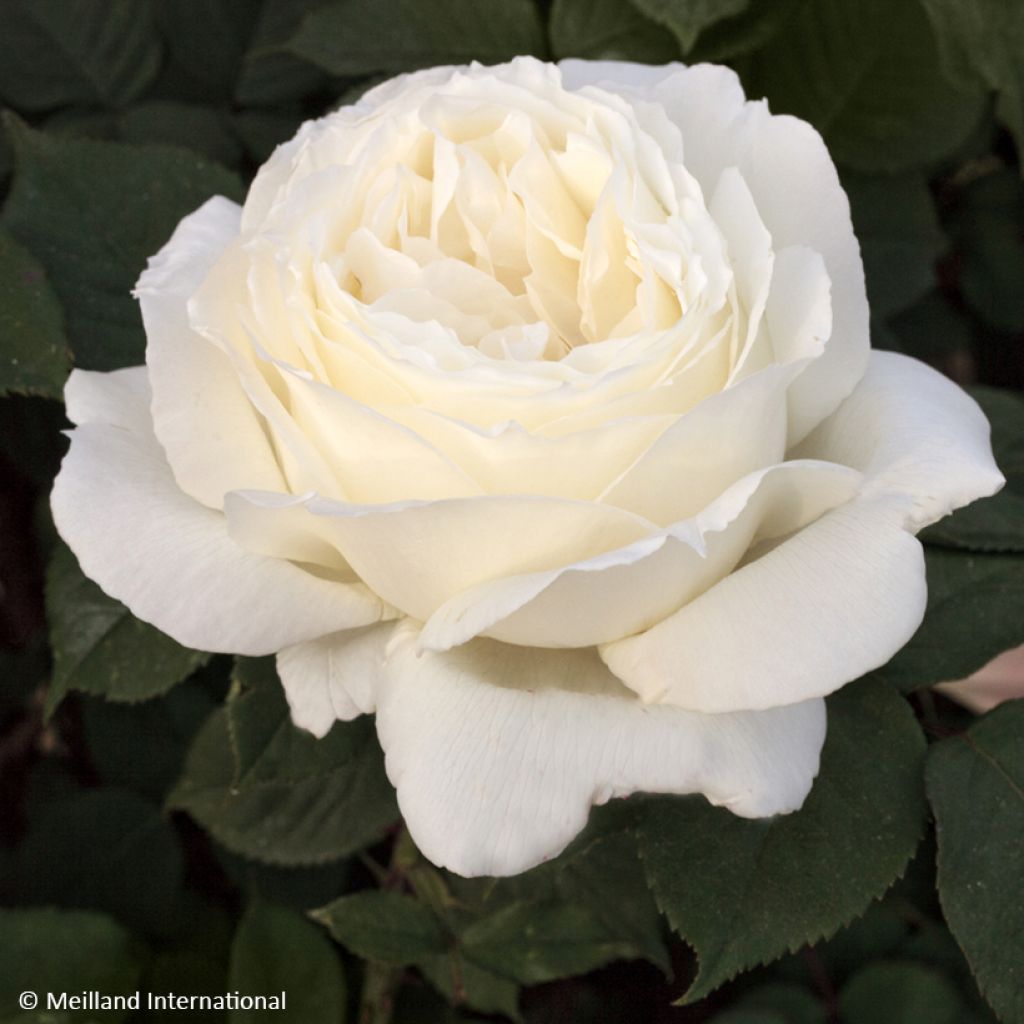

Rosa 'Meidiaphaz' JEANNE MOREAU® - Rosier Jeanne Moreau, Rosier National Pride, Rosier The Diamond Wedding Rose
Rosa 'Meidiaphaz' JEANNE MOREAU® - Rosier Jeanne Moreau, Rosier National Pride, Rosier The Diamond Wedding Rose
Rosa 'Meidiaphaz' JEANNE MOREAU®
Rosier Jeanne Moreau, Rosier National Pride, Rosier The Diamond Wedding Rose
Special offer!
Receive a €20 voucher for any order over €90 (excluding delivery costs, credit notes, and plastic-free options)!
1- Add your favorite plants to your cart.
2- Once you have reached €90, confirm your order (you can even choose the delivery date!).
3- As soon as your order is shipped, you will receive an email containing your voucher code, valid for 3 months (90 days).
Your voucher is unique and can only be used once, for any order with a minimum value of €20, excluding delivery costs.
Can be combined with other current offers, non-divisible and non-refundable.
Home or relay delivery (depending on size and destination)
Schedule delivery date,
and select date in basket
This plant carries a 24 months recovery warranty
More information
We guarantee the quality of our plants for a full growing cycle, and will replace at our expense any plant that fails to recover under normal climatic and planting conditions.

Does this plant fit my garden?
Set up your Plantfit profile →
Description
The Jeanne Moreau® ‘Meidiaphaz’ rose bush embodies the grace and strength of character of the French cinema icon. This variety adds a strong presence to its timeless charm with its large white flowers boasting a powerful, complex, and refined fragrance. Its vigorous habit and dense foliage express energy and determination, while its long-lasting flowering evokes the actress's inexhaustible talent. This bush excels in beds, pots, and for cut flowers, just as Jeanne shone on screens worldwide.
The Jeanne Moreau® rose bush is a creation by Meilland dating back to 2005. It has been awarded multiple times: in 2002, it received the Coupe du Parfum in Geneva, the Prix du Parfum in Saverne, the Silver Medal in Baden-Baden, and a Certificate in Rœulx. In 2008, it earned a Bronze Medal in Gifu, Japan.
This rose belongs to the group of large-flowered bush roses also known as hybrid teas. These roses are distinguished by their solitary flowers borne on long stems, ideal for cut flowers. The Jeanne Moreau® ‘Meidiaphaz’ rose bush is part of Meilland’s prestigious ROMANTICA® range. This collection features roses inspired by old-fashioned varieties while benefiting from modern growing qualities. ROMANTICA® roses stand out for their bold, double flowers, elegant shape, and often powerful fragrances reminiscent of the charm of yesteryear’s roses. Beyond their refined aesthetics, these varieties offer abundant and continuous flowering as well as excellent disease resistance, making them as easy to grow as they are attractive in the garden.
The habit of the Jeanne Moreau® rose is bushy, with vigorous and dense growth. It reaches a height of 80 to 90 cm well-suited to beds, borders, and pot cultivation. The pure white flowers are bold, double with around 100 petals arranged in quartered, old-fashioned form. They measure 14-15 cm in diameter and exude a powerful fragrance with hints of May rose, lemon, mint, and lemon verbena. The flowering is continuous, meaning that it renews regularly throughout the season from May-June to November, without significant interruption. The foliage of this bush is dense, formed of matt dark green leaves. The leaves are deciduous, meaning they fall in autumn. The stems bear thorns as is typical for most roses.
In the sun, the rose bush Jeanne Moreau® ‘Meidiaphaz’ will be enhanced by companions that reveal its full splendour. It can be paired with a Caryopteris clandonensis ‘Heavenly Blue’, a small bush with intense blue flowers and silvery foliage offering a delicate backdrop to its large roses. At its feet, an Eryngium planum ‘Blue Hobbit’, a thistle with metallic blue inflorescences, will boldly contrasts with the immaculate softness of the roses. To complete this refined scene, add a Stipa tenuifolia, a fine and undulating ornamental grass which will frame the rose with a golden veil. The 'Jeanne Moreau' rose blooms are highly suited to making prestigious cut flower arrangements that will delicately perfume a living room.
Plant habit
Flowering
Foliage
Botanical data
Rosa
'Meidiaphaz' JEANNE MOREAU®
Rosaceae
Rosier Jeanne Moreau, Rosier National Pride, Rosier The Diamond Wedding Rose
Rosa JEANNE MOREAU
Cultivar or hybrid
Other Large-flower tea Roses
View all →Planting and care
To plant your Jeanne Moreau rose, prepare the soil by digging a 30 cm cube, breaking up the earth well and placing a base fertiliser such as dried blood or dehydrated horn at the bottom of the planting hole. Position your plant after removing it from its pot, covering the top of the root ball with 3 cm of soil, backfill and water generously to eliminate any air pockets. In dry weather, water regularly for a few weeks to encourage root development. Also consider feeding your rose with a special rose fertiliser to stimulate flowering. Choose a sunny spot, or partial shade in very hot regions.
Planting period
Intended location
Care
Planting & care advice
This item has not been reviewed yet - be the first to leave a review about it.
Haven't found what you were looking for?
Hardiness is the lowest winter temperature a plant can endure without suffering serious damage or even dying. However, hardiness is affected by location (a sheltered area, such as a patio), protection (winter cover) and soil type (hardiness is improved by well-drained soil).

Photo Sharing Terms & Conditions
In order to encourage gardeners to interact and share their experiences, Promesse de fleurs offers various media enabling content to be uploaded onto its Site - in particular via the ‘Photo sharing’ module.
The User agrees to refrain from:
- Posting any content that is illegal, prejudicial, insulting, racist, inciteful to hatred, revisionist, contrary to public decency, that infringes on privacy or on the privacy rights of third parties, in particular the publicity rights of persons and goods, intellectual property rights, or the right to privacy.
- Submitting content on behalf of a third party;
- Impersonate the identity of a third party and/or publish any personal information about a third party;
In general, the User undertakes to refrain from any unethical behaviour.
All Content (in particular text, comments, files, images, photos, videos, creative works, etc.), which may be subject to property or intellectual property rights, image or other private rights, shall remain the property of the User, subject to the limited rights granted by the terms of the licence granted by Promesse de fleurs as stated below. Users are at liberty to publish or not to publish such Content on the Site, notably via the ‘Photo Sharing’ facility, and accept that this Content shall be made public and freely accessible, notably on the Internet.
Users further acknowledge, undertake to have ,and guarantee that they hold all necessary rights and permissions to publish such material on the Site, in particular with regard to the legislation in force pertaining to any privacy, property, intellectual property, image, or contractual rights, or rights of any other nature. By publishing such Content on the Site, Users acknowledge accepting full liability as publishers of the Content within the meaning of the law, and grant Promesse de fleurs, free of charge, an inclusive, worldwide licence for the said Content for the entire duration of its publication, including all reproduction, representation, up/downloading, displaying, performing, transmission, and storage rights.
Users also grant permission for their name to be linked to the Content and accept that this link may not always be made available.
By engaging in posting material, Users consent to their Content becoming automatically accessible on the Internet, in particular on other sites and/or blogs and/or web pages of the Promesse de fleurs site, including in particular social pages and the Promesse de fleurs catalogue.
Users may secure the removal of entrusted content free of charge by issuing a simple request via our contact form.
The flowering period indicated on our website applies to countries and regions located in USDA zone 8 (France, the United Kingdom, Ireland, the Netherlands, etc.)
It will vary according to where you live:
- In zones 9 to 10 (Italy, Spain, Greece, etc.), flowering will occur about 2 to 4 weeks earlier.
- In zones 6 to 7 (Germany, Poland, Slovenia, and lower mountainous regions), flowering will be delayed by 2 to 3 weeks.
- In zone 5 (Central Europe, Scandinavia), blooming will be delayed by 3 to 5 weeks.
In temperate climates, pruning of spring-flowering shrubs (forsythia, spireas, etc.) should be done just after flowering.
Pruning of summer-flowering shrubs (Indian Lilac, Perovskia, etc.) can be done in winter or spring.
In cold regions as well as with frost-sensitive plants, avoid pruning too early when severe frosts may still occur.
The planting period indicated on our website applies to countries and regions located in USDA zone 8 (France, United Kingdom, Ireland, Netherlands).
It will vary according to where you live:
- In Mediterranean zones (Marseille, Madrid, Milan, etc.), autumn and winter are the best planting periods.
- In continental zones (Strasbourg, Munich, Vienna, etc.), delay planting by 2 to 3 weeks in spring and bring it forward by 2 to 4 weeks in autumn.
- In mountainous regions (the Alps, Pyrenees, Carpathians, etc.), it is best to plant in late spring (May-June) or late summer (August-September).
The harvesting period indicated on our website applies to countries and regions in USDA zone 8 (France, England, Ireland, the Netherlands).
In colder areas (Scandinavia, Poland, Austria...) fruit and vegetable harvests are likely to be delayed by 3-4 weeks.
In warmer areas (Italy, Spain, Greece, etc.), harvesting will probably take place earlier, depending on weather conditions.
The sowing periods indicated on our website apply to countries and regions within USDA Zone 8 (France, UK, Ireland, Netherlands).
In colder areas (Scandinavia, Poland, Austria...), delay any outdoor sowing by 3-4 weeks, or sow under glass.
In warmer climes (Italy, Spain, Greece, etc.), bring outdoor sowing forward by a few weeks.


































